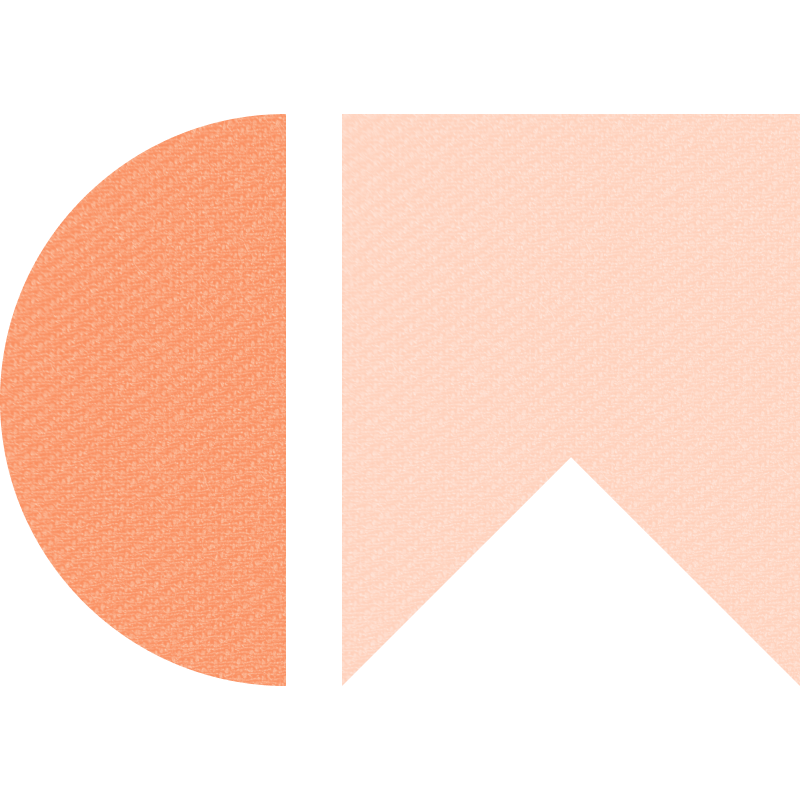
[sg_popup id=”3″ event=”onload”][/sg_popup]Much to everyone’s surprised, IKEA released another 2 series of sofabeds mid this year(2014); let’s not forget that there were already 2 new models last year (friheten and moheda);
The 2 new sofa beds are called IKEA Vilasund and IKEA Backabro, both comes in a 3 seater and a sectional with storage compartment (Manstad’s style).
The IKEA Vilasund Sofabed with Chaise Lounge
So when we entered the store and did our routinely checking for new products, the IKEA Vilasund 3 seater did catch our eye as we looked at each other, and back at the sofa again
Chuck: “This Kivik looks… weird”
Henry: “I don’t think that’s a Kivik bro.”
This was in fact, the IKEA Vilasund 3 seat sofa bed which we weren’t so impressed with but guess what we found a couple of metres away..
The IKEA Vilasund 2 Seat Sofabed with Chaise
It was mind blowing – it was essentially combining the comfort of the Kivik with the aesthetics and function of the Manstad sofa bed. We knew we had to get our asses on that thing.
The verdict? The IKEA Vilasund is surprisingly more comfy than the Manstad to say the least, arguably even better than the IKEA Friheten Sofa Bed. The grey material used here is like the itchy Kivik, but since it is fully slipcovered – we can slip it into a more comfortable cover that works better with your living space. And the best part is that you can place the chaise lounge section to the left or right of the sofa, and switch whenever you like.
The only complaint (mine) or praise (from Henry’s) is that we have the same unnaturally low armrests as per the IKEA Kivik Sofa Series review and another peeve that would be the “faux” partition line that sort of divides the seat and back cushion into two even though it is actually one, long piece.
Price: A$999 in Australia
Colours: Beige, Light Beige and Grey
Size/Dimension (W x D x H): 242 x 150/88 x 71 cm
Design: 7.5
Comfort: 8
Function: 8
Overall score: 8 out of 10.
The IKEA Backabro Sofa Bed with Chaise Lounge
Needless to say, IKEA tends to make things with pretty predictable patterns. Firstly, the Fagelbo (the sofa bed prior to the Manstad) was a tad inconvenient to use with its sideway-opening chaise so it was improved to the Manstad. I’m of course only speculating, but it makes sense and soon with the growing popularity of the Manstad, they brought out the newer sofa beds (in 2012-2013): the IKEA Friheten, Moheda Lugnvik.
We can see that the Friheten is a newer Manstad with just a lower armrest on one side (so taller people can rest their legs comfortably across the sofa bed); the Moheda is an “Ektorp-ish” Sofa bed for those who like rounded arms and the Lugnvik is just the scaled down version of their sofa beds.
So with the Backabro, it’s essentially the same as the Vilasund – but again an Ektorp-ish version, just like the Moheda. In fact, it’s essentially a Moheda but more comfy. The back cushions are spongy and it really just gives us a better vibe overall. We still aren’t happy with the arms, but that’s why the IKEA Vilasund exists.
Price: A$999 in Australia
Colours: Beige, Brown, Natural and Grey
Size/Dimension (W x D x H): 248 x 150/88 x 71 cm
Design: 6
Comfort: 8
Function: 8
Overall score: 7.5 out of 10.
Last but not least, the awesome thing about these new sofa beds is that they come completely slipcovered! Hooray for long lasting sofas!
Update: Looking for slipcovers for the Backabro or Vilasund models? Comfort Works now has them here:











